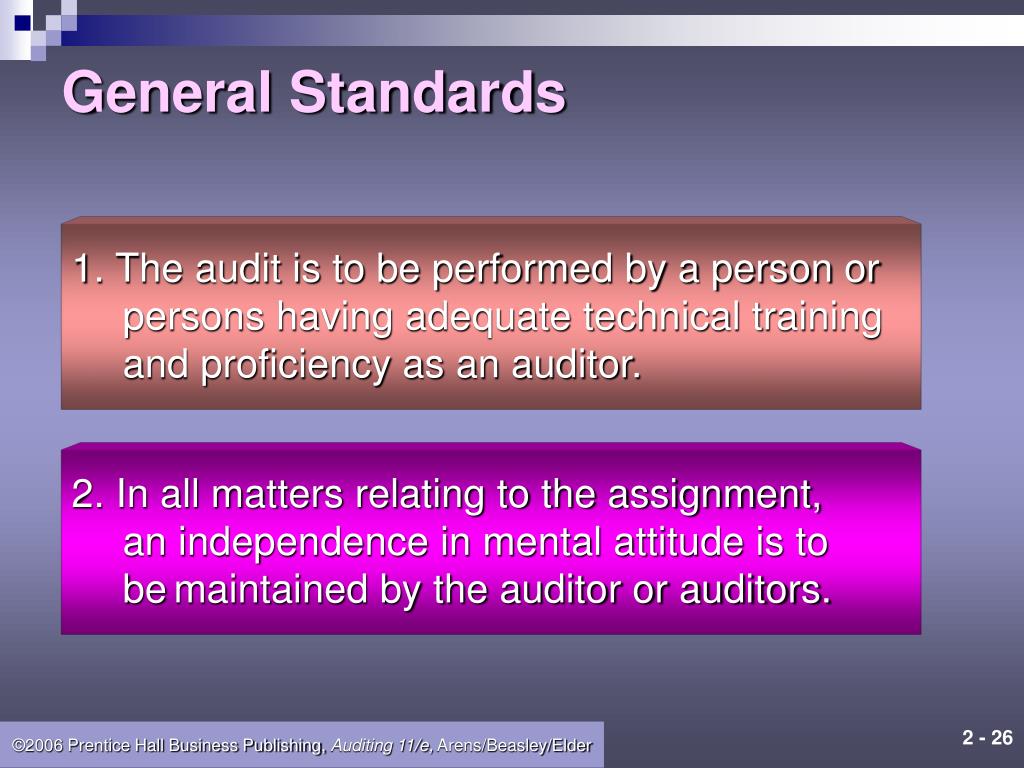
In addition to these paragraphs the auditor may use an Emphasis of Matter Paragraph to draw the user’s attention to a particular matter. If an auditor issues an opinion other than unqualified, a preceding paragraph detailing the reason for the modified report must be utilized with an appropriate heading, such as, “Basis for Qualified Opinion,” “Basis for Adverse Opinion,” or “Basis for Disclaimer of Opinion.” As a result, it received its own distinguishable paragraph. Opinion Paragraph: The Auditing Standards Board wanted the opinion to be clearly differentiated from the rest of the report.Compared to the old audit report, this paragraph contains a larger description of the audit process. Auditor’s Responsibility Paragraph: This paragraph describes the auditor’s responsibility to express an opinion on the financial statements, as well as a statement that the audit was conducted in accordance with generally accepted auditing standards in the United States.
Generally accepted auditing standards clarity project free#

To help these nonprofits become familiar with the changes they will see we have assembled the following summary of the most recognizable differences between the old and new formats.

This SAS changed the format and presentation of audit reports and became effective for periods ending on or after December 15, 2012, so many nonprofits will see this change when issued their audit reports by their auditors. As a result of this project, a clarified statement on auditing standard (SAS) entitled Forming an Opinion and Reporting on Financial Statements was issued. Generally Accepted Auditing Standards (GAAS) easier to read, understand and apply, especially across international borders. The purpose of this project is to make current U.S. There is a saying that whether we like it or not things must change and this year the format of audit reports are changing as a result of the AICPA’s Auditing Standards Board Clarity Project.


 0 kommentar(er)
0 kommentar(er)
